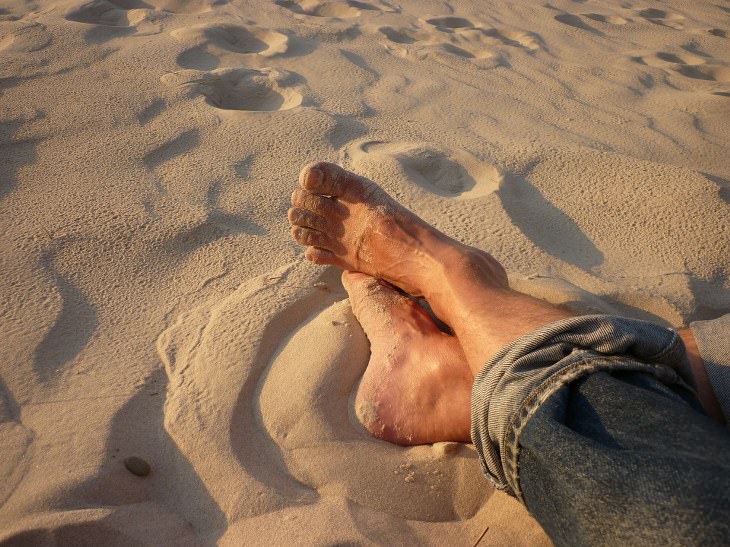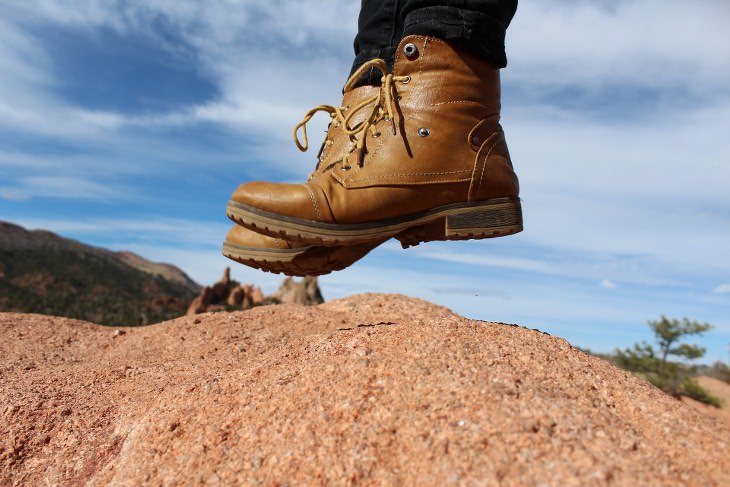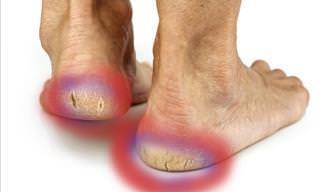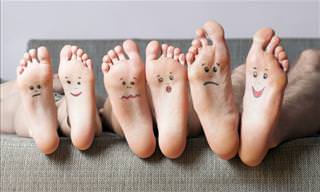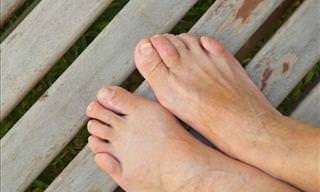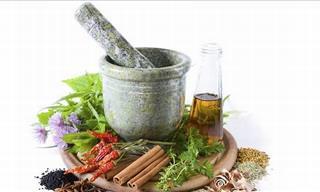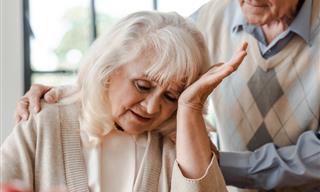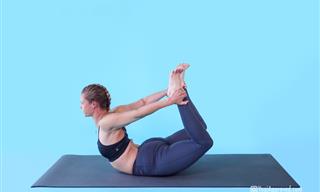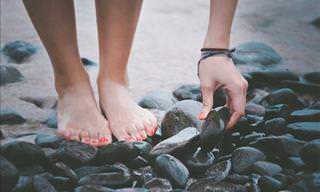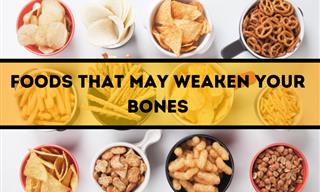Aging Foot Problems
There are plenty of foot problems that tend to afflict people over 50, including bunions, hammer toe, plantar fasciitis, diabetes-related neuropathy, as well as a whole host of foot infections.
Dr. Chris Coop, a practicing podiatrist at The Vancouver (Wash.) Clinic, emphasizes the importance of taking preventive action when caring for our feet. “As we age our feet are changing, getting longer, flatter and wider,” he says. “Poor-fitting footwear is the number one thing I see contributing to foot pain.” Dr. Chris Lamy, who works at the same clinic, says that it is vital for over 50s to take care of any foot problems immediately, as any delays can further complicate treatment. “It is much harder to deal with some of these conditions when you’re in your 70s than in your 50s or 60s,” and "it can be hard to fix if you let it go.”
Foot Ailments You Should Prevent
Here are some of the most common foot ailments that anyone over 50 should be sure to look out for:
Bunions: Foot deformities caused by expansion of the tissue and bone around the big toe's joint.
Plantar fasciitis: A painful inflammation found in the connective tissue on the sole of the foot.
Arthritis: An achy and painful condition that occurs in the big toe's joint.
Diabetic foot infections: Complications that arise from numbness or poor circulation.
Diabetic neuropathy: A burning pain in the foot, as a result of a diabetic condition.
Toenail fungus: Problematic thickening and discoloration of the nails, which afflicts one in five Americans.
Hammer toe: A deformity where small toes end up buckling or bending out of shape.
Athlete's foot: A common infection that causes red, scaly, and itchy skin.
If you're suffering from any of these conditions, we recommend visiting a specialist as soon as possible to avoid any extra stress down the line.
The Differences Between Men and Women
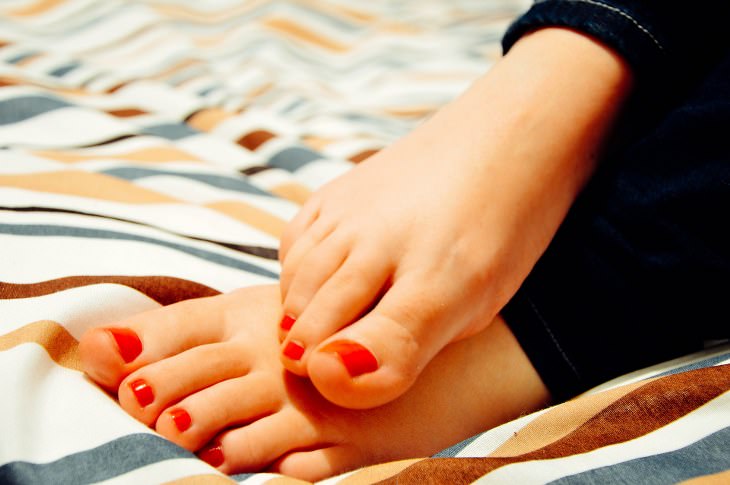
When asked about the differences between men and women's feet, Dr. Chris Coop said that “both men and women need to know that it’s OK to put some money into buying a pair of good quality shoes.” In particular, “men need to pay more attention to arch support. Women would do well to not be as vain about style and be a little more flexible in terms of comfort. A good first step is to have your feet measured and make sure that you’re wearing the correct size – sizing means everything.”
In general, women seem to have more foot issues than men, and this is down to quite a few factors, the most prominent being that they often tend to choose style over comfort when shoe shopping. Additionally, they have a higher chance of developing certain conditions, such as bunions, which may be genetically transferred. Dr. Chris Lamy says that “style-conscious women can do their feet a favor by wearing good shoes at least part of the time and their stylish (but uncomfortable) shoes less often.”
How to Deal With Foot Pain
If you're experiencing any kind of foot pain, here are some handy tips that could help you out:
• Lose some weight: This will reduce the stress on your feet and knees.
• Buy good shoes: You feet will benefit from added protection and a better fit.
• Check your foot size: Aging feet tend to get wider and longer.
• Try working out with low-impact cardio exercises to reduce joint stress.
• Keep your feet as dry and clean as possible.
• If you are in pain, then see a specialist immediately.
Source
Image Source
 Go to BabaMail
Go to BabaMail



